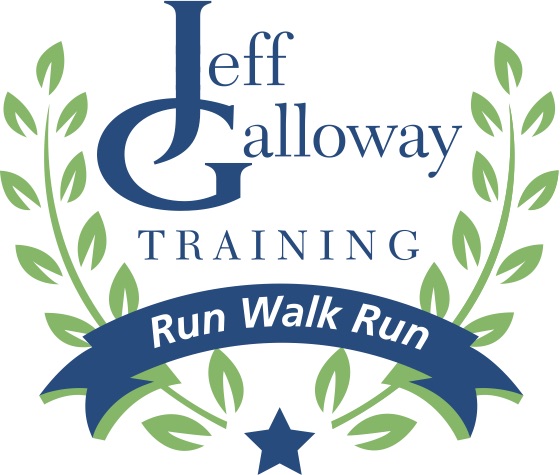Whether walking, standing or running, foot pain can leave you feeling miserable. In most cases that I’ve seen, it’s possible to manage or eliminate most episodes so that you can add movement to your day. By finding the right shoe, inserting the right support, adjusting your sock, and doing a few simple exercises, most can take control over foot comfort.
Should you see a specialist?
If you had foot pain for a month or more, or the pain is increasing, search for a podiatrist who has helped a lot of runners. Since runners put their feet under much more stress than most, try to find specialists who have been successful in helping them deal with foot pain. Technical running stores can often give recommendations about doctors who’ve been successful. Even if you are not a runner, tell the store manager about your type of pain and ask for a referral. In most cases, the podiatrist can advise a simple series of buildups, in the arch, metatarsal, heel, etc. which avoids further irritation and may start the healing process. You should get a second opinion if the doctor immediately recommends an expensive orthotic without trying other options first.
The right shoe for your foot
Even if you never run, running shoes tend to have the most advanced orthopedic features for foot support. For the best advice in walking or running shoes, find a technical running store. Knowledgeable and experienced staff members can watch you walk or run, and identify the areas of your foot where there is stress. They can watch you run or walk in several different shoes and work with you to find the one that best addresses your needs. Even when your feet need added support systems, your shoe must provide a stable platform for this to happen.
The right support
There are a number of over-the-counter support systems that can often give the support needed. Check with your technical running store for advice in this area. In many cases, a cushioned insole can reduce a significant portion of foot pain.
Foot care
Callouses, corns and other skin irregularities can be reduced or removed, providing immediate relief from tome types of foot pain. Soaking the feet in water with Epsom salts to soften the skin can allow for more productive reduction of extra skin buildup with a pumice stone or similar foot care.
Socks
When socks have folds or extra material in sensitive areas, pain can be the result. Try on several pairs of socks to find one that fits securely next to your foot, without extra movement. Some find that thick socks add beneficial cushion. Others enjoy the lack of extra bulk and use a thin sock. There are a lot of individual opinions on this so find one that works best for you.
Exercises
The “toe squincher” exercise can strengthen the many muscle groups in the feet, giving you a better platform of support. This has prevented many foot injuries such as plantar fascia and metatarsal aggravations. Point your toe and contract the muscles in your feet for about 8-12 seconds. Do this 10-12 times a day, whether barefooted or when wearing shoes.
Wearing high heeled shoes can be a major source of foot pain. The unnatural bending of the foot aggravates tendons and bones and can keep them irritated or injured.
